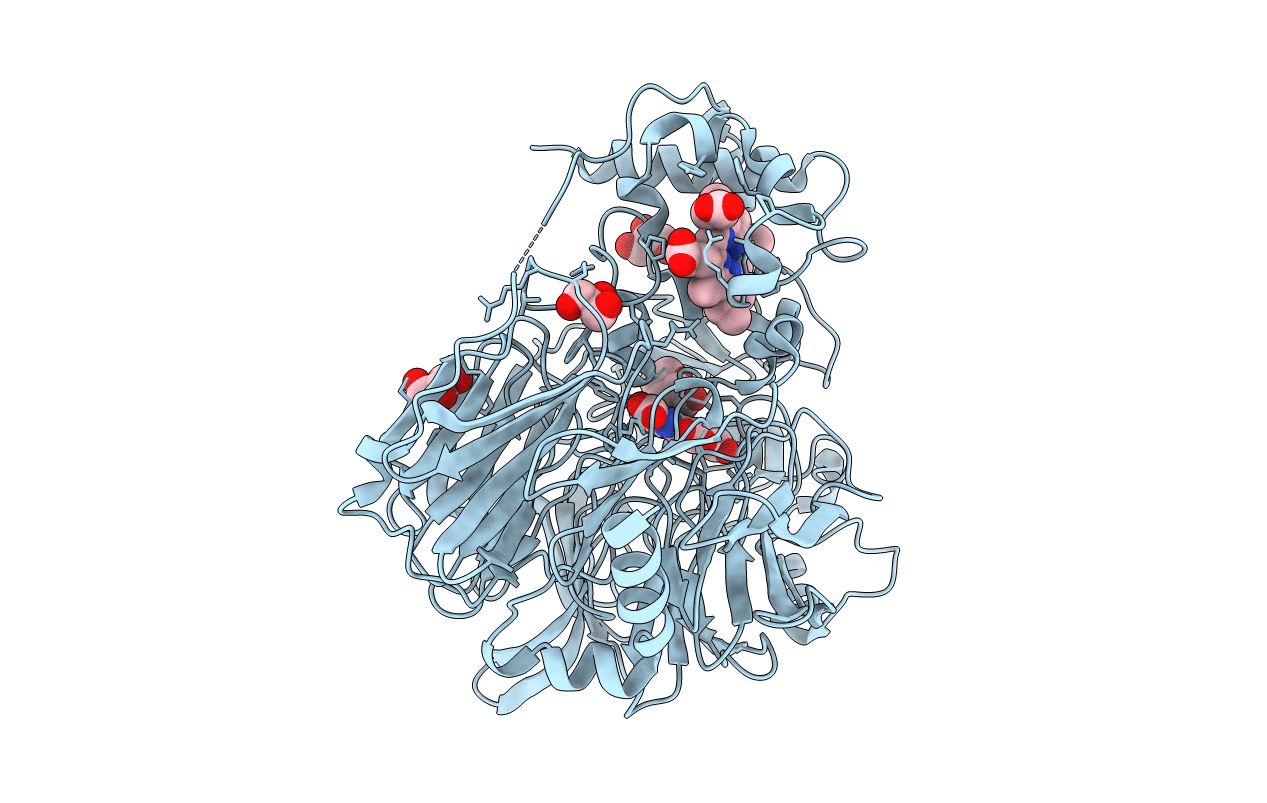
Deposition Date
2001-11-05
Release Date
2001-12-28
Last Version Date
2024-11-20
Entry Detail
PDB ID:
1KB0
Keywords:
Title:
Crystal Structure of Quinohemoprotein Alcohol Dehydrogenase from Comamonas testosteroni
Biological Source:
Source Organism:
Comamonas testosteroni (Taxon ID: 285)
Method Details:
Experimental Method:
Resolution:
1.44 Å
R-Value Free:
0.18
R-Value Work:
0.16
R-Value Observed:
0.16
Space Group:
C 1 2 1


